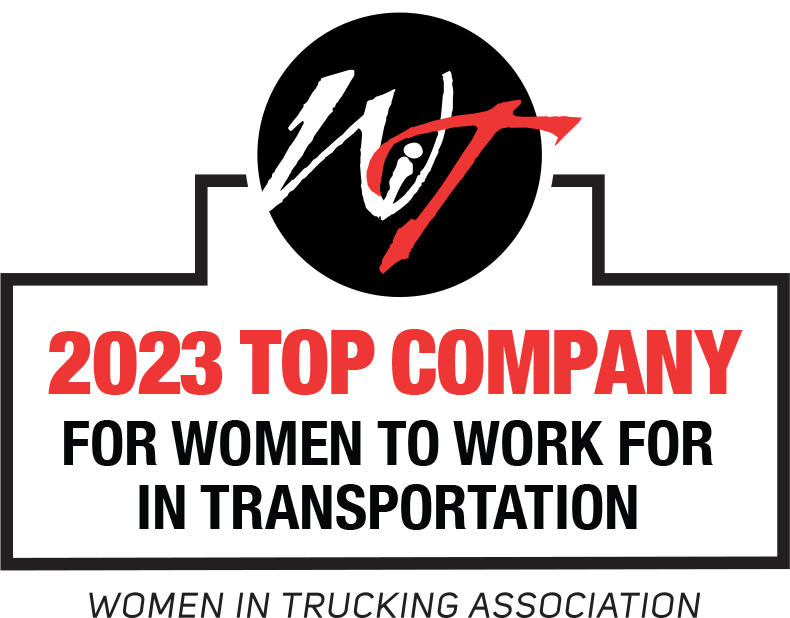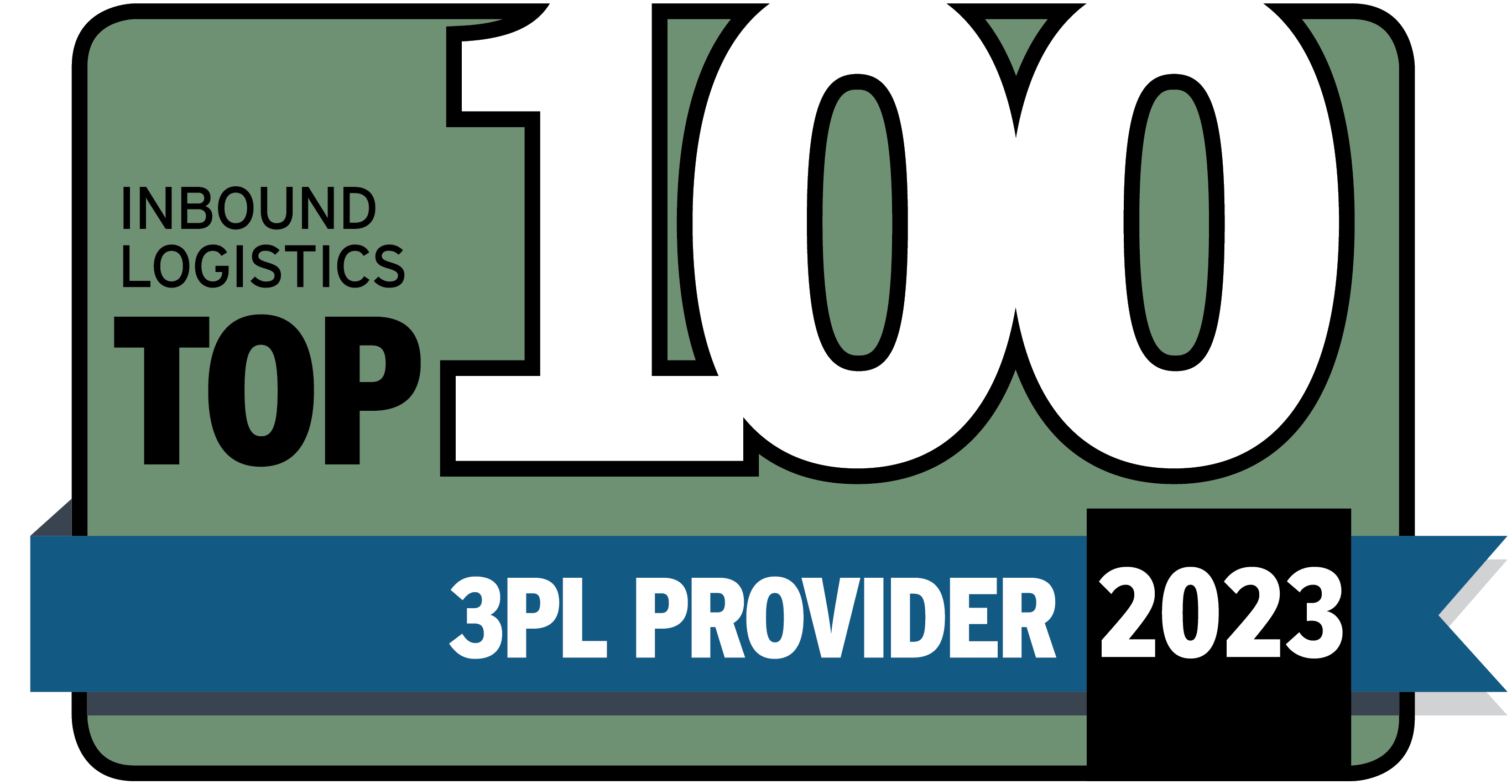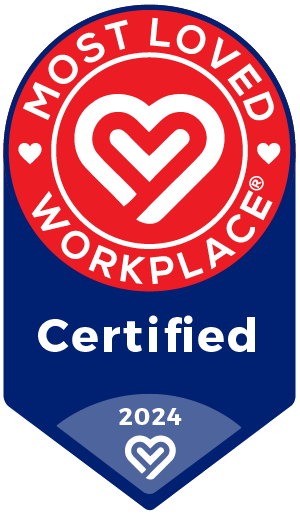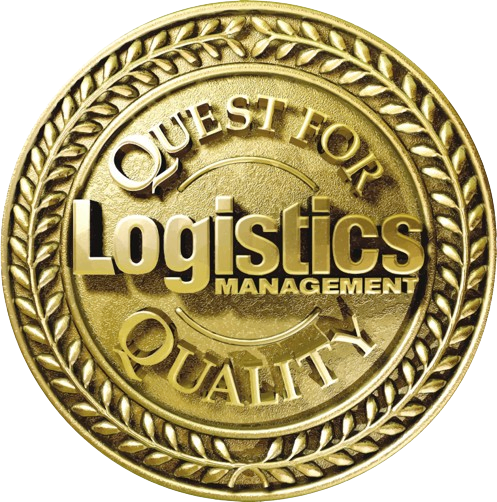Do you need glasses to read articles like this? If so, you’re not alone.
Approximately 194.1 million people in the United States rely on some form of visual assistance like bifocals, readers, or contact lenses. In fact, for a lot of us, these devices spell the difference between being able to merely see and being able to see well.
Hold that thought as we contemplate the current state of the supply chain, which is currently struggling with challenges like:
- Massive delays
- Escalating fuel and freight costs
- A longtime driver shortage
- A nationwide labor shortage
- And volatile raw material and component levels
The vast majority of news stories would have you believe there’s nothing your company can do to solve these challenges, at least not in the short term. After all, most of these challenges were created or accelerated by a host of external circumstances that are largely beyond most shippers’ control. And many have been brewing for years.
However that doesn’t mean you can’t mitigate some of their strongest impacts on your operations, which is where our story’s eyesight-related theme comes in.
Simply put, it’s time to get your supply chain visibility checked.
This is especially true if most of that visibility has been driven by EDI or paper-based methods. Although such methods were probably adequate at some point in your company’s past, they lack the precision and real-time efficiency that more modern visibility tools like Applied Programming Interfaces (API) can provide.
It’s equally imperative if your visibility has been focused on one segment of your supply chain like outbound shipments. That kind of myopia affords a partial view at best. And often what you don’t see – like how your inbound delivery providers are performing – can indeed come back to hurt your supply chain flow, often in a very big way.
Perhaps most important of all, such a check is essential if you haven’t been a huge fan of using supply chain visibility tools in the past, because you’re missing out on one of the single, most powerful ways you can to improve your logistics agility and reliability.
And we’re not just saying that. Among other things, automated visibility tools can help your company:
- Identify events that could lead to inventory shortfalls or supply chain disruptions as soon as these events occur. A real-time heads up about events like an order that missed its original sailing date will give you more lead time to explore disruption-mitigating options like switching to a faster international transportation mode, redeploying some of your inventory, or using premium rather than standard ground shipping.
- Improve the customer experience. Providing customers with the ability to track the location and status of their orders 24/7 is no longer a nice-to-have; it’s a must have. And the right kinds of visibility tools can deliver that in spades.
- Enhance reporting. By generating and sharing a wide variety of detailed daily or weekly reports across your supply chain organization, your company can do a far better job of keeping every key player in the loop about upcoming challenges or hurdles – and pave the way for better integration and more collaborative performance.
- Monitor carrier quality. Even in a carriers’ market, when transportation companies can pick and choose which customers they want to work with, it pays to have a handle on which carriers’ service levels deliver the best value for your shipping dollar – and are most likely to enhance rather than detract from your shipping quality and reliability.
- Improve your shipment optimization. Shipment optimizations are only as good as the freshness and reliability of the data they’re working with. By improving the timeliness and breadth of the information you receive, your company will be able to do a far better job of everything from mode selection to route design – so that you can minimize miles traveled and maximize your shipping spend.
We could go on, but you get the idea: Like better eyesight, better supply chain visibility is almost always a good thing (unless you actually prefer to be working blind). Just as important, like drugstore glasses, it’s readily available to any company that truly wants it.
We’ll talk more about how you can make that happen for your company without breaking the bank in future articles. Until then, feel free to look us up if you’d like to discuss the pros and cons of various visibility tools and technologies – or to borrow a few large-print books!





